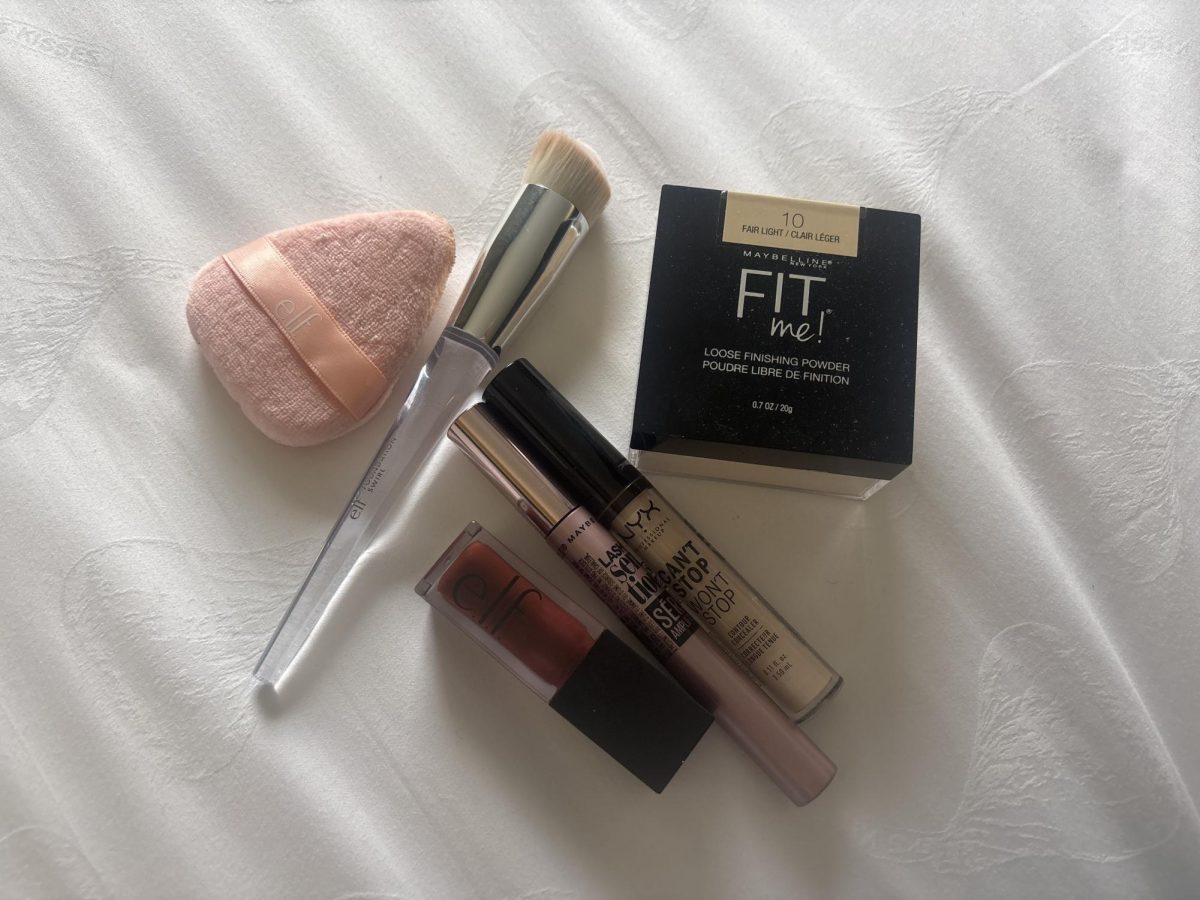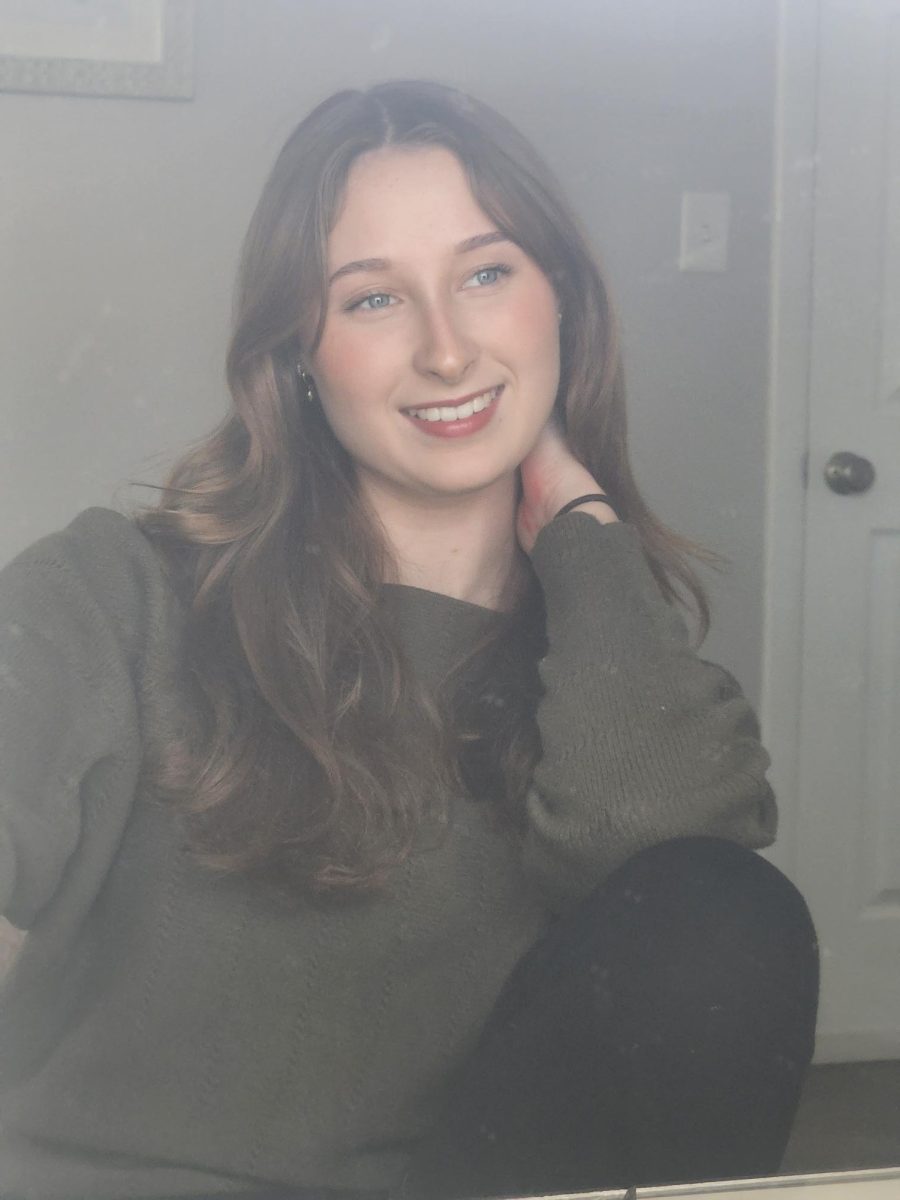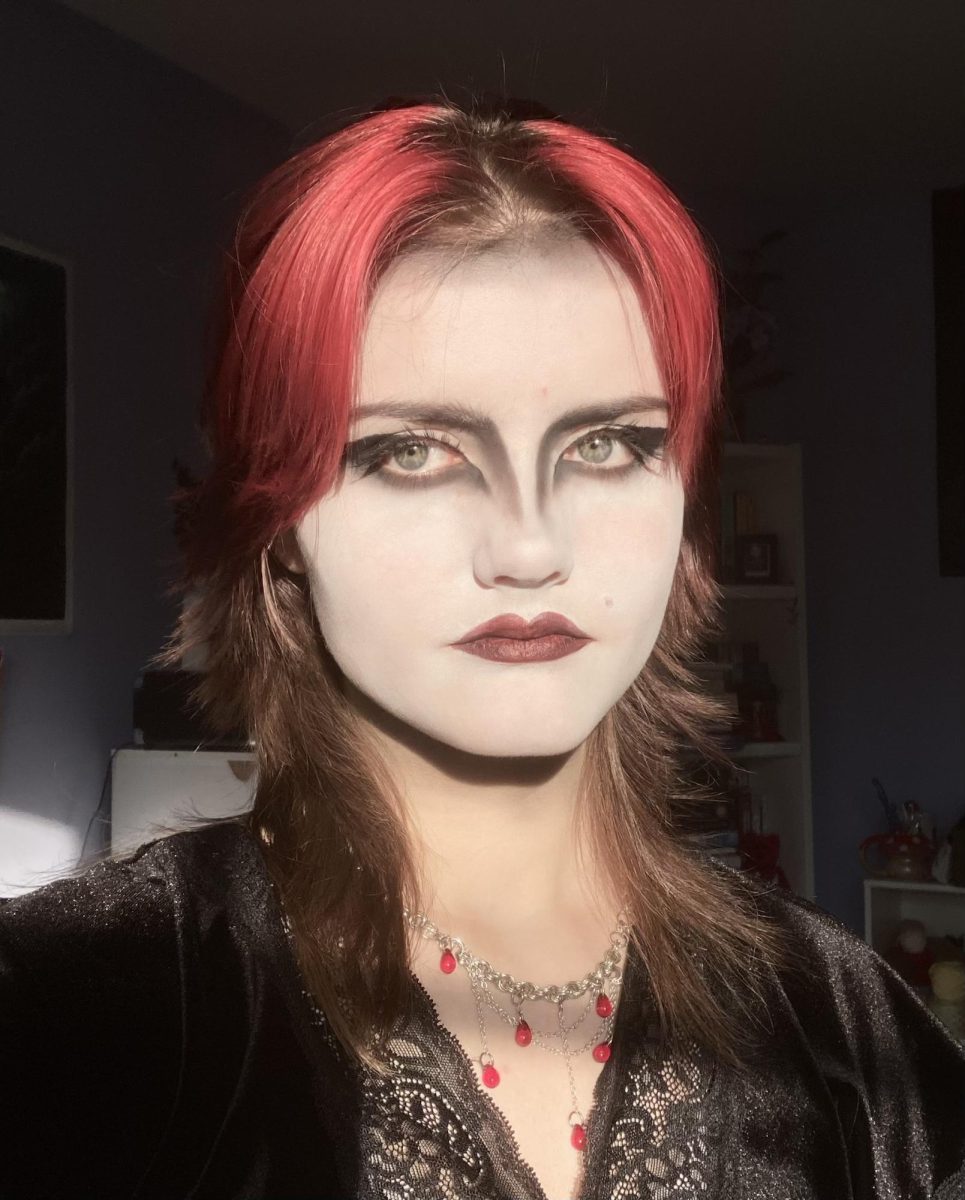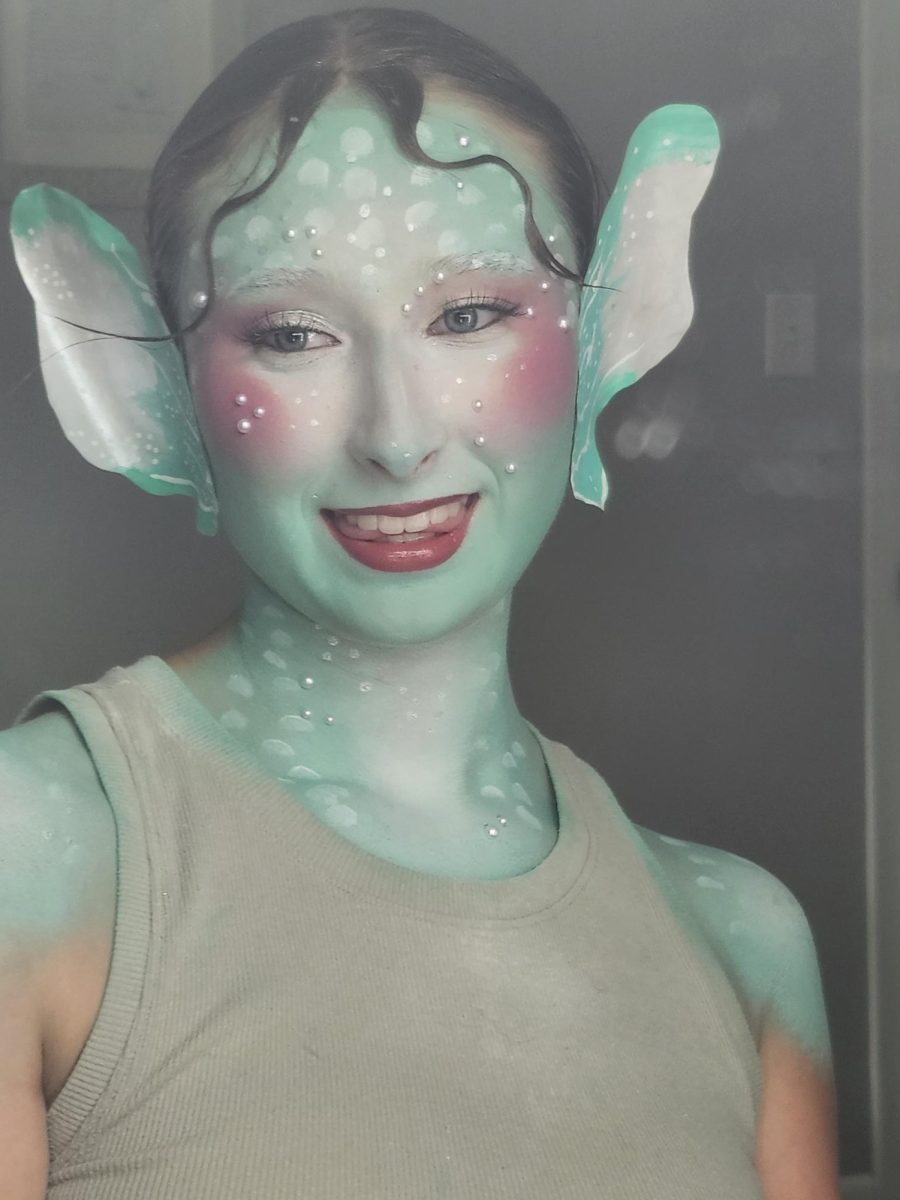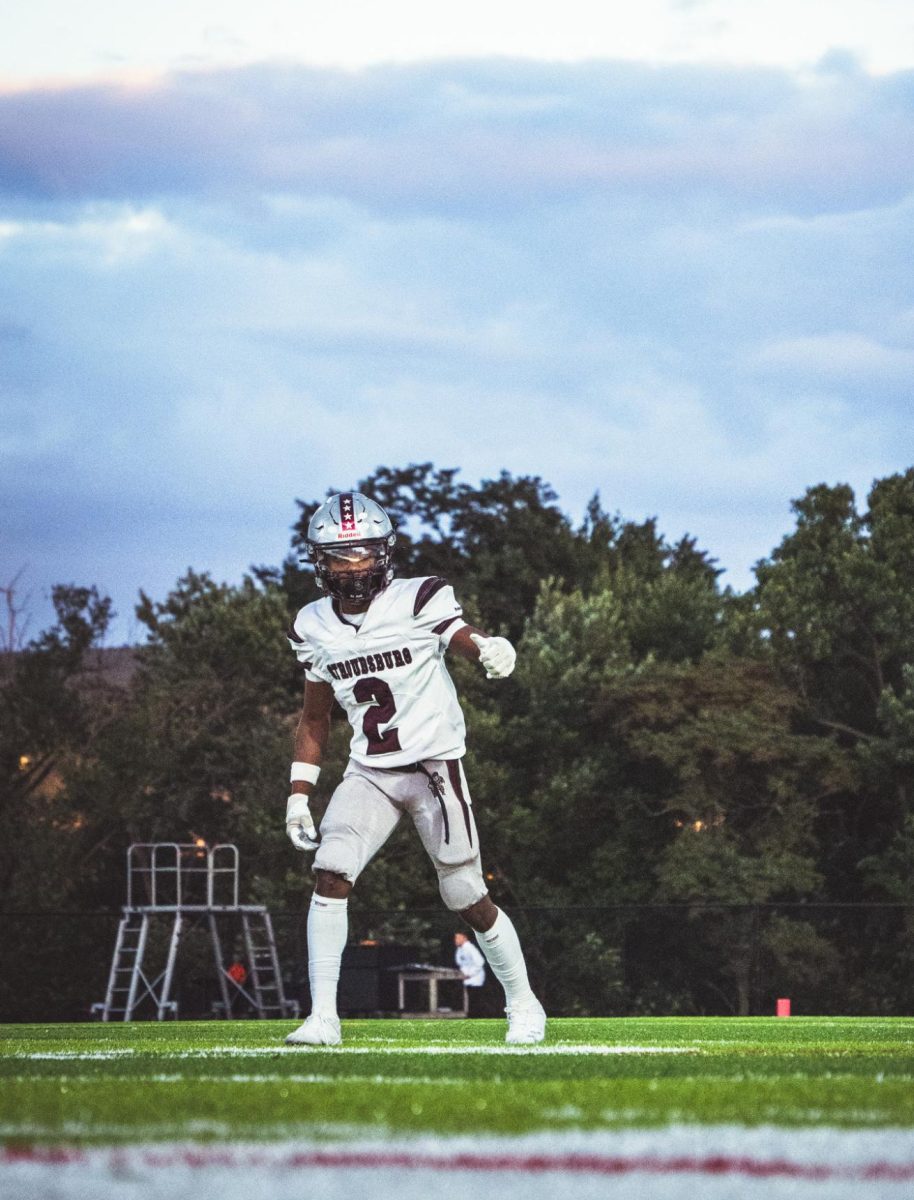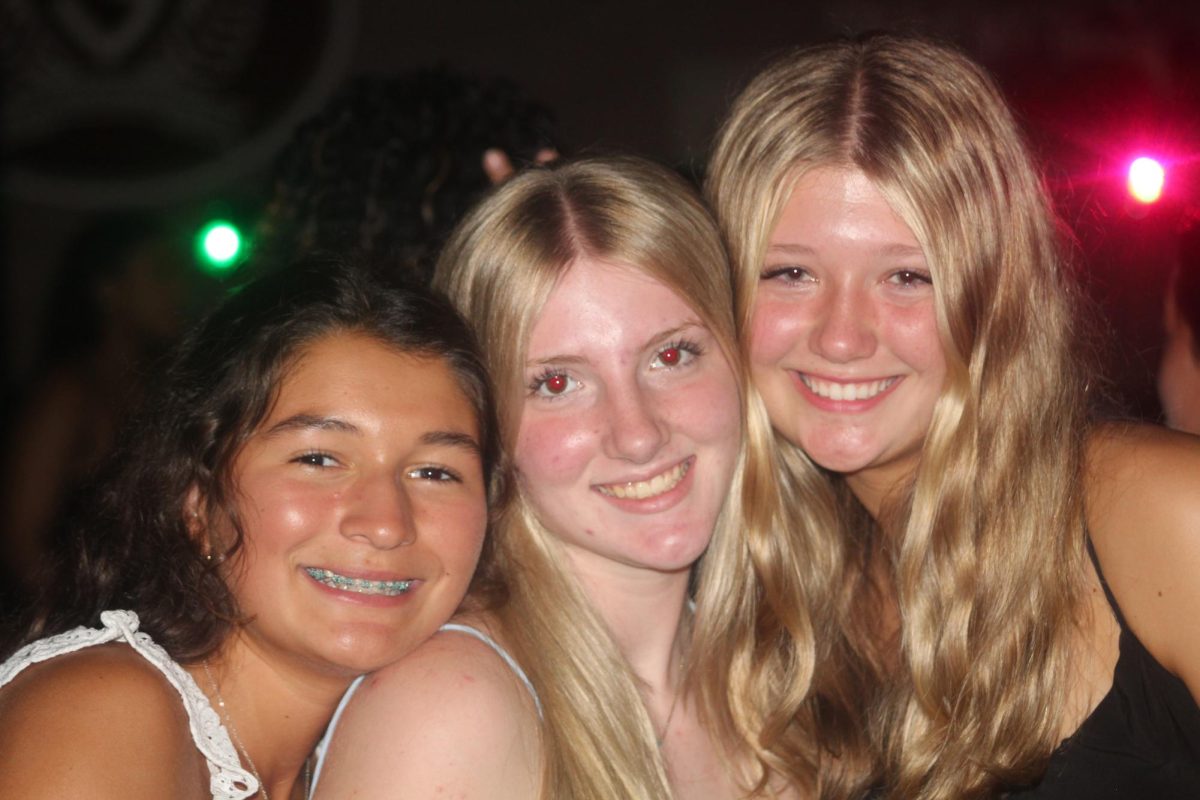
Making-up history
From soft glam to bold new looks, makeup has had one of the biggest evolution in history. Some techniques and styles of makeup date back centuries, and products have adapted, using new resources and technology as modern society changes.
Makeup has been around for longer than many realize. In many ancient cultures, makeup acted as a sign of wealth, beauty, and sophistication. Different variations of these civilizations’ “beauty standards” were created based on an individual’s social class and role in society. Even different products and tools were used depending on the financial situation of a person.
Egypt (6000 B.C.E)
The earliest evidence of makeup dates back to 6000 B.C.E in Ancient Egypt. Makeup was worn by Egyptians of all social classes as they believed it was next to godliness and it appealed to the Gods.
According to an article from the Natural History Museum of Utah, makeup in Egypt was more than simply looking good. The cosmetics had spiritual and ritual significance. Specifically, the palettes the Egyptians used to grind and prepare their makeup held great importance.
Greece and Italy (4000 B.C.E)
In 4000 B.C.E., civilizations such as Greece and Rome had just begun their makeup journey. These cultures typically strives for a more “natural” look, focusing on a lighter complexion. Light touches of color were added to the cheeks and lips using mixes of plants and fruits, as well as mercury; which is now known to be toxic.
Skincare played a vital role in achieving this natural beauty. Halifax Public Libraries writes that cleansers and moisturizers were made with ingredients such as honey and olive oil to create a look of flawless, glowing skin. The only “unnatural” aspect of an ancient Greek or Roman makeup look was their use of olive oil and charcoal to make eyebrows bolder and darken around the eyes.
China (2070 B.C.E)
Cultures such as the ancient Chinese have a long lasting history with the concept of makeup. The FEM Word writes that the majority of the cosmetics used were simply made and “largely plant or mineral-based.”
Rouge, a reddish powder that had been made from safflower and ochre, remained popular well into the dynastic era. During this same era, paleness became an extremely common look, which was associated with nobility and wealth. Many of the skin whitening powders and creams used were found to have a large concentration of lead, which is now known to be exceedingly toxic.
Additionally, malachite, beetle shells, crustaceans, and bone powder were used to create pigments that added a range of colors to the makeup palette of the noblewomen. Charcoal and kohl were used to highlight the eyes. Small forehead decorations called “hua dian” were made from various materials, which was immensely popular throughout the Tang dynasty.
As trends are set and passed, each decade developed its own style of makeup. Looking back over the past 100 years, even the simplest elements of an everyday makeup look have changed.
The 1920s were a notable period of liberation and rebellion against the traditional norms. Prior to this time, women wore more of a natural and sophisticated look, especially women from households of wealth. However, Samer Khouzami writes that women “embraced a more daring and carefree style,” which is known in makeup history as the “flapper look.”
This style became one of the most recognizable looks for the 20s, consisting of dark, smokey eyes, a cupid’s bow lip, and a heavily powdered face. This look perfectly captures the spirit of the jazz age, which marked a period in which jazz music and dance styles gained rapid popularity.
Now in the current 2020s, makeup styles have become diverse and personalized to the individual wearing it. Many looks take individual elements from various trends of makeup. From bold eyes from the 80s to glossy, red lips from the 50s, makeup has become less about trends and more about unique forms of beauty.
“Makeup is my form of art that expresses my emotions and who I am as a person. I started doing makeup to make myself look prettier and to fit into beauty standards, but I learned through experimenting that I felt more confident doing exotic makeups, rather than something that was supposed to make me look pretty,” expresses Mia Marga, ‘25. “Instead, I started doing looks that made me feel alive and gorgeous.”
In today’s society, makeup is used as a form of expression and art that can be personalized to the wearer. Social media and other valuable resources have made it easy to find a style or trend of makeup that fits best with your natural features or your personality.
With brands such as Rare Beauty by Selena Gomez, makeup has become a message of self expression and self love. Selena Gomez and many others have made their cosmetics brands clear advocates for being yourself and accepting others.
Gomez’s brand is well known for spreading a message of self worth. Her trademark of “Rare Beauty” supports the idea that everyone is unique and beautiful in their own way. The brand is looking to break down the unrealistic standards put into place by society and shatter the concept of perfection.
“I think Rare Beauty can be more than a beauty brand- it can make an impact,” states Selena Gomez, founder and CEO of Rare Beauty. “I want us all to stop comparing ourselves to each other and just start embracing our own uniqueness.”
The makeup community has blown up and expanded across the globe as a place of inclusion, growth, and collaboration. With the various styles of makeup, mixed with the widespread media, creating a makeup style for you is as easy as typing in a Google search.
It can even be viewed from a wide range of purposes for some makeup artists and influencers. Even if someone is not using makeup for content or profit, it can be used as a form of art and so the personality or interests of the individual.
While some styles like glam and evening play around with different colors, other looks such as goth or shimmery might experiment with elements such as lines, shapes, and textures. Others such as dewy or “clean girl” will focus on a more natural look that complements the natural look of the person.
“Social media has made it (goth makeup) so people believe that to be goth, you have to wear the clothes and do the makeup, but in reality, goth is a music based subculture and all you need to be goth is to like the music and interact with the community,” states Gillian Stravach, ’25.
Goth makeup is a prime example of how a makeup style can have different variations, depending on how the individual chooses to wear it. Some variations are romantic goth, “traditional” goth, Vampire goth, Victorian goth, as well as many more. Certain elements of each look can be mixed and experimented with to create a look that is unique to the person’s preferences.
“I tend to do romantic goth as an everyday look. I use blacks and reds with smokey eyeshadow and a dark lip,” explains Gillian Stravach, ’25. “I also like to do traditional goth, which is a white face base, heavy black eyeliner, and black eyeshadow as contour.”
Even looks for Halloween have become more creative and colorful as new ideas and trends are shared and experimented with. Makeup artists even incorporate elements of art and elements like the color theory into their content, teaching different concepts within art.
Overall, the perspective of makeup has taken a positive turn and has become a fundamental aspect of many businesses involving entertainment, marketing, celebrity endorsements, and so much more! Individuals of all backgrounds have a vast array of products and styles that can be personalized to them, whether that be skin type, aesthetic, or simply personal expression.




